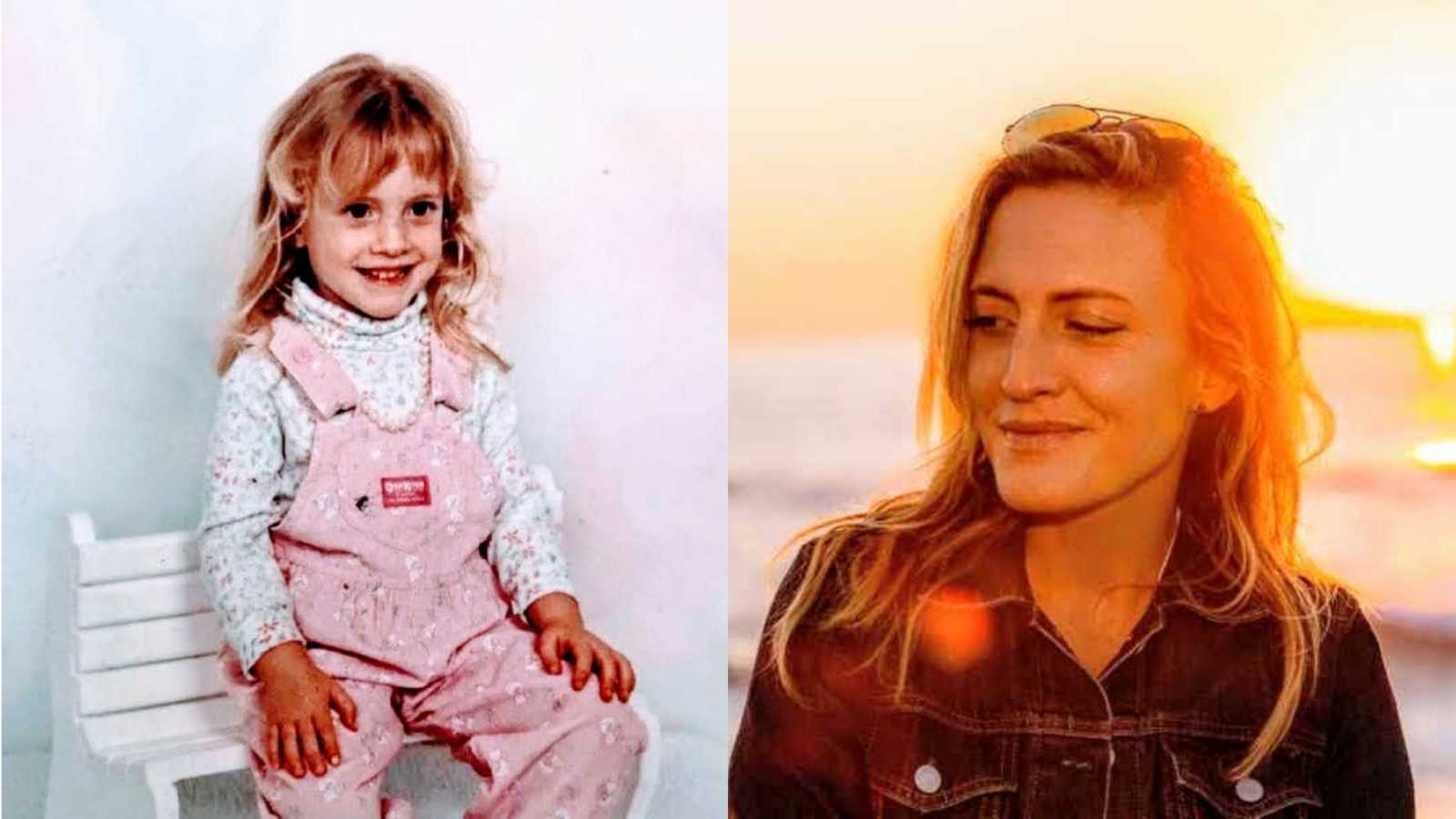“I was born in 1986 with HIV. My status was discovered when I was seven and I received an AIDS diagnosis. I was told, ‘HIV is an acronym for Human Immunodeficiency Virus.’ It was not something I was scared of. I was a human, just like everyone else, but had a little extra virus in my body. I contracted the virus from birth. My mother was HIV positive but had not known her status. She had contracted HIV from a boyfriend before she met and married my father. I have two older brothers who are HIV negative as well as my father.

Instantly, I had two separate worlds—only close family and my doctors knew my status. AZT and anabolic steroids were the only medications available in ’93. My mother was able to connect with the Elizabeth Glaser Pediatric AIDS Foundation which led me to be in the first combination cocktail therapy trials for children at the National Institute of Health shortly after my diagnosis. I learned so much about humans at the NIH. I did not just get in-depth knowledge about my body from CT scans, MRI’s, psychological tests (Stroop tests), eye exams, being hypnotized to get over my fear of needles, but a new found awareness of the broad range of diseases and disabilities.
What really stuck in my head while learning about what it is this: to be human is a feeling. I learned that people not only felt pain physically, but emotionally as well. Stigma and HIV being ‘scary’ was very real in the 90’s. I learned from eavesdropping on parents’ conversations at NIH. I learned people were capable of following around their family members with bleach to be clean, providing separate sets of dishes, not allowed to go camping, and being shunned away from their communities. Not only were my people dealing with physical pain, but the emotional pain of stigma was added. I was upset hearing the capability humans had to hurt each other. My reality was checked at seven. I don’t want to be a human that perpetuates stigma. I know what that feels like.
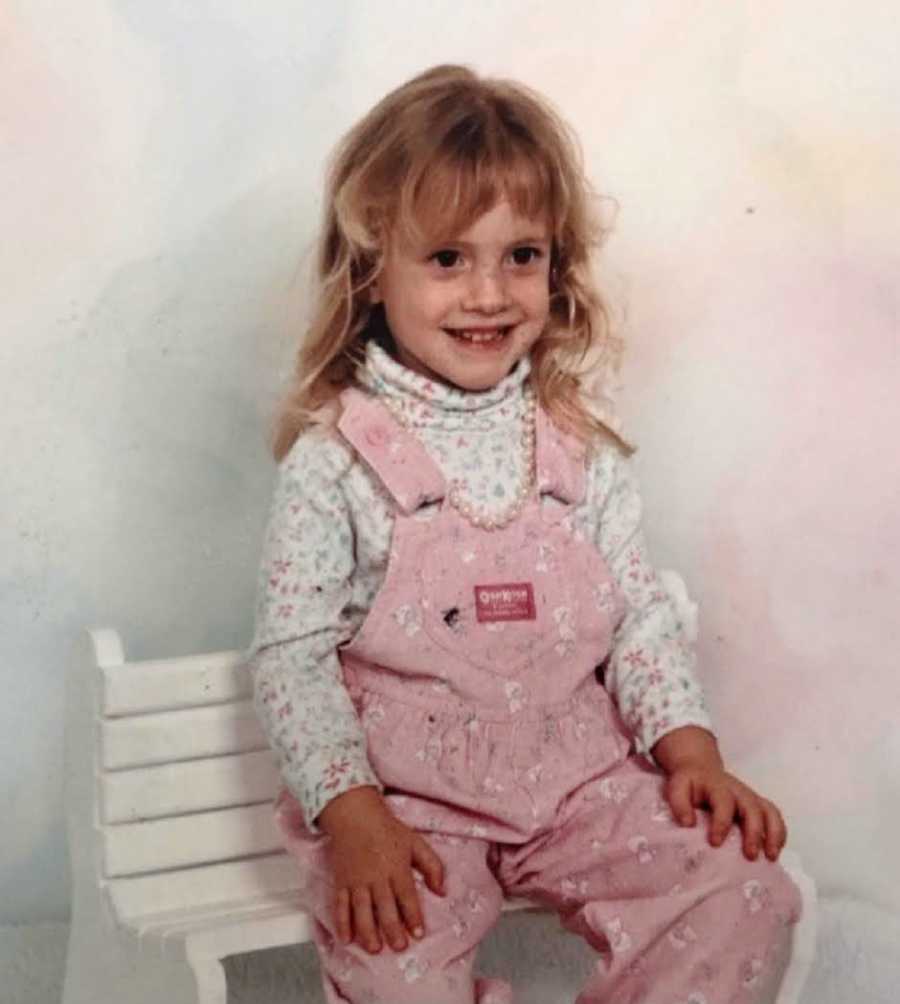
Growing up, my HIV was closeted for protection against stigma. I grew up hearing random low-brow HIV jokes that were based on ignorance and naivety, and I would let it roll off my back. I did not want any extra attention. I would classify myself as a wallflower. I would wonder if I looked like I was sick or if anyone could tell I was positive or wondered anything about me.
I was so grateful a professional at NIH taught me how to breathe through the anxiety by controlling my diaphragm. I knew my K-12 education was temporary and I would get out and surround myself with people that would be educated; I just needed to make it through.
I luckily had only one moment at school that profoundly affected me. In eleventh grade, my English teacher always started the class with current events. A classmate mentioned it was World AIDS Day and my teacher responded, ‘You will never meet anyone with AIDS.’ There was no more discussion. He moved on to the next event. I sat silently screaming in my head, ‘I have AIDS. I WAS BORN WITH IT. YOU KNOW ME!’ But I could not do that. I felt so small, a feeling I had never felt. I was not the exception to this feeling. I am a human.
That same year was the first time I got cryptococcal meningitis. I had never felt pain like that ever before. My head felt as if it was being jabbed by a finger. The images of the movie Pi by Darren Aronofsky kept popping in my head. When told my dad I needed to go to the hospital, my mind instantly thought about all the radiation I received growing up. ‘Could this be a brain tumor?’ I made a silent prayer that it was not. I did not want to scare my dad. I have unfortunately seen parents lose their children, and it is my mission to make sure I bury my parents.
‘Sit on the edge of the bed and arch your back like a cat,’ the E.R. Doctor told me before giving me a spinal tap to test some cerebral spinal fluid. The results came back positive for cryptococcal meningitis, not a brain tumor. ‘I can handle this.,’ I told myself. I had no idea what my journey had in store. Cryptococcal meningitis is fungal meningitis that is very hard to get over. I battled it four times from ages sixteen to eighteen. It was a roller coaster I couldn’t wait to be done with. All four times I was told I was going to die.

The third time I was getting ready for senior prom. I started throwing up, and I knew my meningitis was back. I got out of my Bebe cocktail dress and into sweats. It was Saturday night, the worst time to go to an ER. I decided to go early Sunday morning. There I was again in my least favorite place. I spent my eighth birthday at my hospital. During this hospitalization, a cryptococcal pustule caused me to go blind for ten days, the doctors had no idea if my vision would come back. All I could do is internally speak to my body. I would sweet talk and pep talk my body. I began to only say nice things to myself. I didn’t need to bully my healing body, it was already being bullied by cryptococcal meningitis.
The fourth time was the hardest battle. I missed my first semester of college because I was at UCSD for over a month. The doctors told me I would be moving into hospice because I was going to die. This came after my shunt got infected—I had a tube piped through my body from my skull and exited out of my abdomen to alleviate pressure from my brain—my head was shaved for this. I immediately responded to the doctors, ‘Go f*ck yourself,’ and told them to get out of my room.
I did not want to be around that energy when I am trying to heal. The aloneness I had with my body during my meningitis battles before allowed me to be in a deep, loving relationship with myself and my body. I knew what my body was capable of and I will let those doctors know when my body is done.
I made it through but had challenges. During my recovery, my weight dropped to eighty-eight pounds, and I had one T-cell (CD4). I finally looked sick; my appearance was now front and center.
I had friends at NIH that had their sickness more physically apparent. My friend Britney was a few years younger than me and she had leukemia. One day she had braids and the next day she was bald. NIH had a game and waiting room where Britney drove a remote control car into my hair. I was eight and understood she was hurting, but Britney accidentally exposed me to chickenpox during this. NIH quarantined me in a room for ten days to see if I would get sick, but I did not.
Now that my head was shaved, I felt reborn. I got to see how humans look with distaste and shock. I wanted to carry a mirror with me so I could reflect back some of the facial expressions people would make. Britney was on my mind during this. Hair is a major introduction to play, and I prayed people were kind to her. I was so grateful I didn’t have to deal with this during my K-12, but I did have my moment with my teacher—a moment he didn’t even know he was a part of.
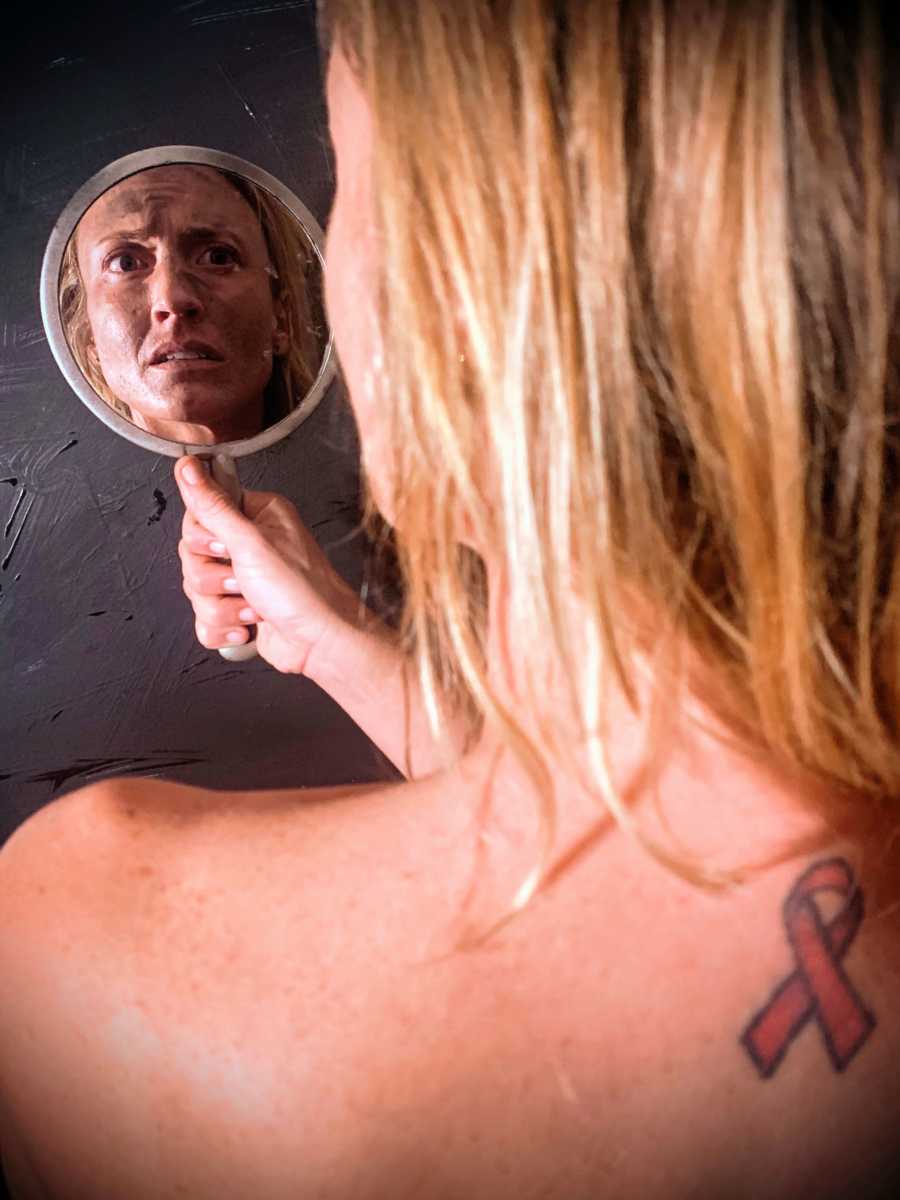
As soon as I could go back to school, I did. I first spoke about my status in my Health 101 class right before I turned nineteen. It was exactly what I had been waiting for. I shocked people with my heterosexual, white face. I saw people think. HIV doesn’t discern between races, ethnicities, or sexual orientation. It is a virus. I am motivated to break stigmas. Stigmas are not only hurtful, but they are also damaging.
America has the highest sexually transmitted infections among comparable countries. Getting tested is the only way to know your status. It’s important to do this because our past actions can pop-up later in life. My mother had no idea that her experience could result in me having HIV. I share this because my mother has profound guilt and shame. There is nothing I could ever do to take this away from my mother.
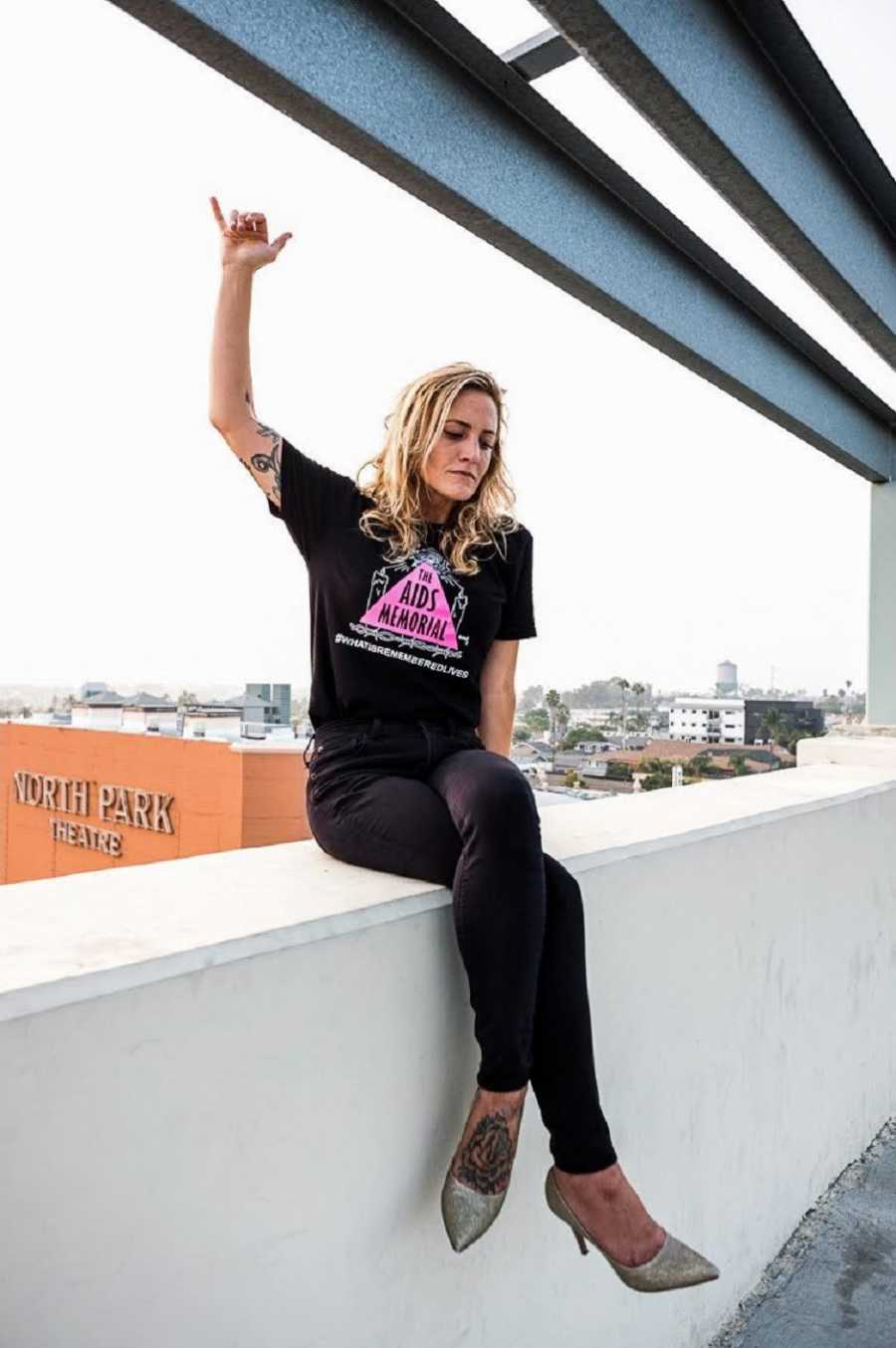
The more I spoke about my HIV, the more I understood my message was universal; everyone has obstacles in life. My obstacle could be HIV, but I look at it as a gift and I am proud of it. I speak for my younger self because I am capable of that now. When I was twenty years old, I went back to meet with my 11th grade English teacher. I wanted to share with him our moment where I got hurt. Luckily, he was substituting and it was his free period. He did not remember me, so I refreshed his memory of the year 2003.
It was the year his son was in his class and I sat next to him. Then, I told him that on World AIDS Day he told the class, ‘You will never meet anyone with AIDS.’ I let him know I have AIDS and I was born with it. His jaw dropped and he covered it with his hand for about fifteen seconds of pure shock. He apologized and I accepted it graciously. This was a cathartic experience for me, but a learning experience for him.
Ignorance is a lack of education. Ignorance and stigma go hand-in-hand. Stigma is dehumanizing. Recently I was called a ‘stigma warrior.’ Personally, this was the greatest compliment of my life. We learn from stories and experiences. I have found purpose in sharing my stories. I am driven to share those stories in hopes of making the world a little more kind because we are all humans.”
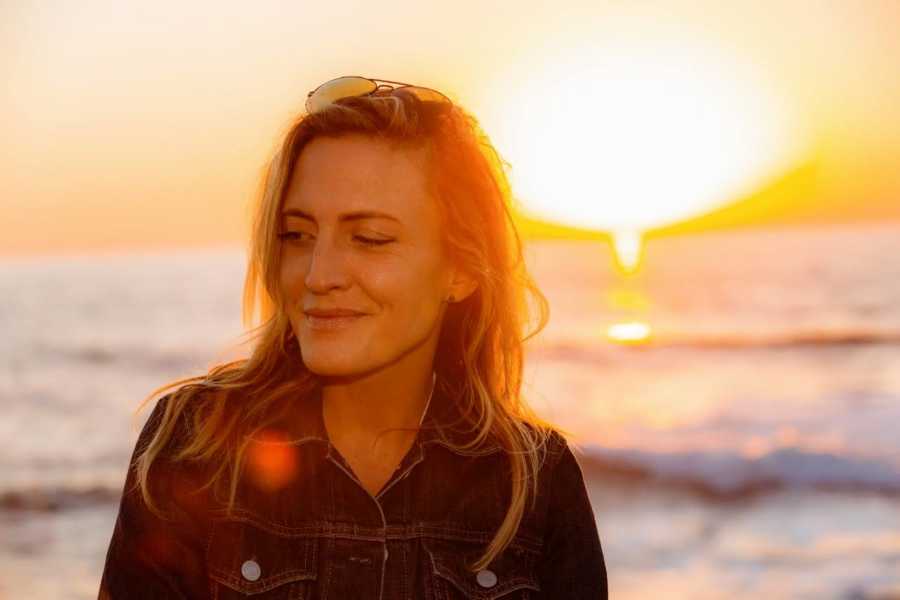

This story was submitted to Love What Matters by Kalee Garland of San Diego, California. You can follow her journey on Instagram. Submit your own story here.
Read more stories like this:
Help us show compassion is contagious. SHARE this beautiful story on Facebook with your friends and family.

